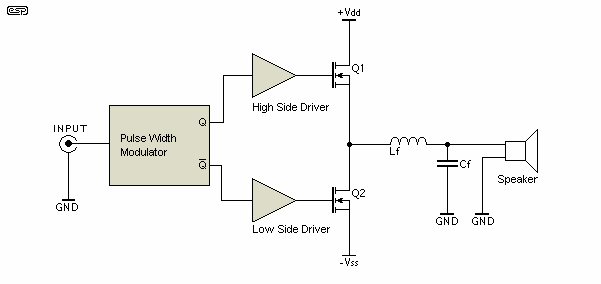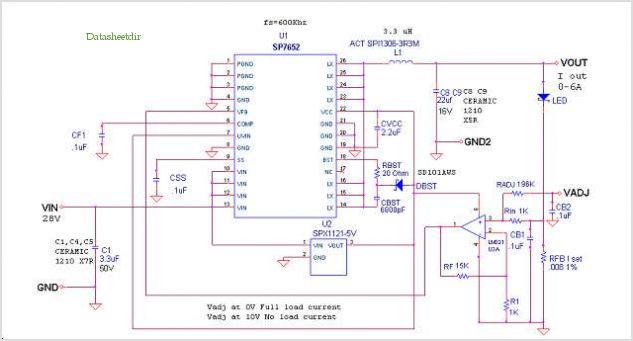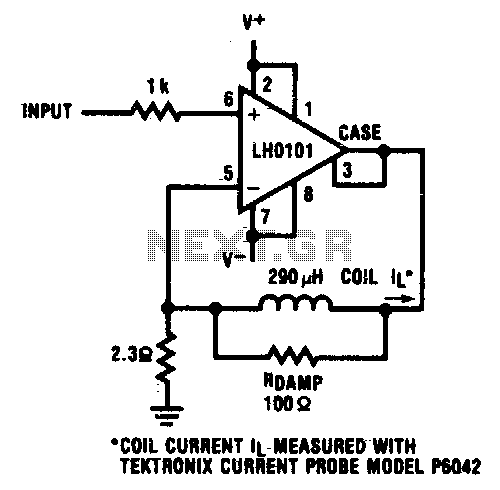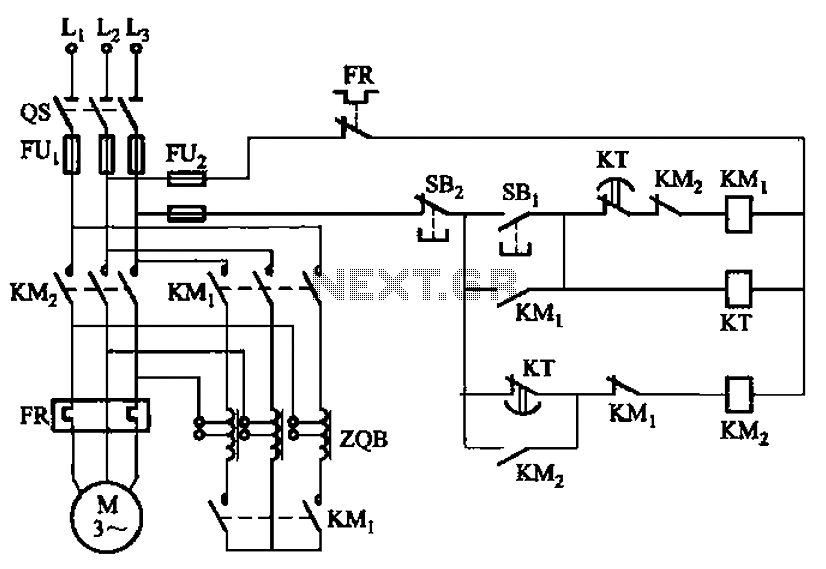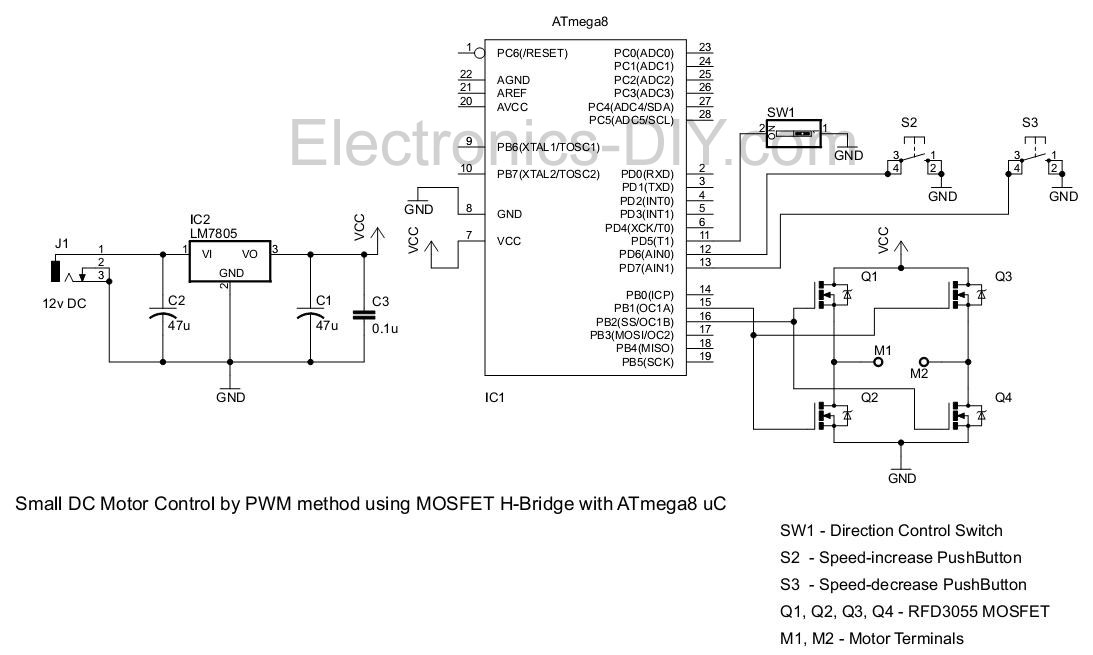
Relay Driver with Strobe

The LM111 comparator can be utilized to design a relay driver with a TTL strobe, which enhances control over the relay driver. The strobe signal can be used to manage the relay operation more effectively.
The LM111 is a high-speed voltage comparator that can operate with a single supply voltage, making it suitable for various applications. In a relay driver configuration, the LM111 can be connected to a relay coil, allowing for the control of high-power devices with low-power signals. The TTL strobe input can be used to trigger the comparator, which in turn activates the relay.
The circuit typically involves connecting the non-inverting input of the LM111 to a reference voltage, while the inverting input receives the incoming signal. When the input signal exceeds the reference voltage, the output of the LM111 transitions from a low to a high state, energizing the relay coil. This action can be further refined by incorporating additional components such as diodes for flyback protection, which prevents voltage spikes generated by the relay coil from damaging the comparator.
The use of a TTL strobe allows for precise timing control, enabling the relay to be activated only when desired. This is particularly useful in applications where multiple relays may be controlled sequentially or where the timing of the relay operation is critical. The overall design can be adjusted to meet specific requirements, such as adjusting the reference voltage or incorporating additional filtering to stabilize the input signal.
In summary, the LM111 comparator offers a versatile solution for designing relay drivers with enhanced control through the integration of TTL strobe signals, making it an effective choice for applications requiring reliable and precise relay activation.LM111 comparator can be used o design a relay driver with TTL strobe, this can be used to provide more control of your relay driver. You can control the strobe.. 🔗 External reference
The LM111 is a high-speed voltage comparator that can operate with a single supply voltage, making it suitable for various applications. In a relay driver configuration, the LM111 can be connected to a relay coil, allowing for the control of high-power devices with low-power signals. The TTL strobe input can be used to trigger the comparator, which in turn activates the relay.
The circuit typically involves connecting the non-inverting input of the LM111 to a reference voltage, while the inverting input receives the incoming signal. When the input signal exceeds the reference voltage, the output of the LM111 transitions from a low to a high state, energizing the relay coil. This action can be further refined by incorporating additional components such as diodes for flyback protection, which prevents voltage spikes generated by the relay coil from damaging the comparator.
The use of a TTL strobe allows for precise timing control, enabling the relay to be activated only when desired. This is particularly useful in applications where multiple relays may be controlled sequentially or where the timing of the relay operation is critical. The overall design can be adjusted to meet specific requirements, such as adjusting the reference voltage or incorporating additional filtering to stabilize the input signal.
In summary, the LM111 comparator offers a versatile solution for designing relay drivers with enhanced control through the integration of TTL strobe signals, making it an effective choice for applications requiring reliable and precise relay activation.LM111 comparator can be used o design a relay driver with TTL strobe, this can be used to provide more control of your relay driver. You can control the strobe.. 🔗 External reference
